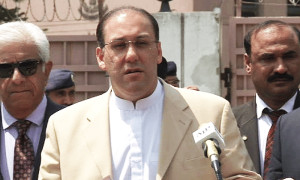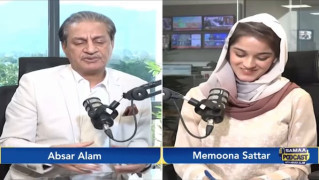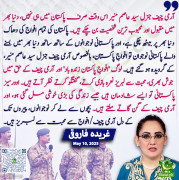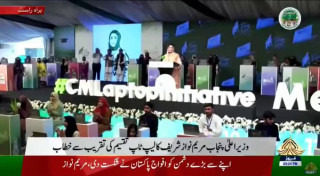This story is bizarre and I know you are getting carried away by the video (old) you saw but this story has already been found to have discrepancies. The odd thing about history is u can't ever effectually prove it. In the case of Aurangzeb's cruelties his own family was a victim and the thousands of razed down temples are a mute testament to what was going on in India during his rule. Also bear in mind why is Akbar not called a villian? or for that matter shahjehan? or the other kings who preceded Aurangzed or even succeded him? What was so special about Aurangzeb? Obviously he did something that earned him his current reputation. The holes in the rape story are given below. You can choose to believe anything but i believe that the odds are stacked against Aurangzed.
Dr Elst first mentions several “holes” in this story:
- The story is very bizarre, to say the least. First of all, it has Aurangzeb go to Bengal. Yet, in the extant histories of his life and works, no such journey to Bengal, or even any journey as far east as Varanasi, is recorded. There are fairly complete chronicles of his doings, day by day; could B.N. Pande or any of his quoters give the date or even the year of this remarkable episode?
- Nether was Aurangzeb known to surround himself with Hindu courtiers.
- And did these Rajas take their wives along on military expeditions? Or was it some holiday picnic
- How could the Mahant kidnap a Rani who was there in the company of other Ranis, as well as the appropriate courtiers and bodyguards? Why did he take such risk?
- Why did the Rajas wait for Aurangzeb to take exemplary action: did they fear his anger if they punished the priests or destroyed the temple themselves?
- And since when is demolition the approved method of purifying a defiled temple, an eventuality for which the Shastras have laid down due ritual procedures?
He then probes deeper into this whole episode. Where did B.N. Pande get this story from?“He (B N Pande) himself writes: Dr. Pattabhi Sitaramayya, in his famous book, The Feathers and the Stones, has narrated this fact based on documentary evidence. So, we have to go one more step back in time to find this intriguing “documentary evidence”.
Let us turn to this book, now hard to find, to see what the documentary evidence is on which this whole wave of pro-Aurangzeb rumours is based, but which no one has cared to reproduce or even just specify.
This is what Gandhian Congress leader Pattabhi Sitaramayya wrote in his prison diary:
“…There is a popular belief that Aurangazeb was a bigot in religion. This, however, is combated by a certain school. His bigotry is illustrated by one or two instances. The building of a mosque over the site of the original Kasi Visveswara Temple is one such. A like mosque in Mathura is another. The revival of Jazia is a third but of a different order. A story is told in extenuation of the first event…”



































